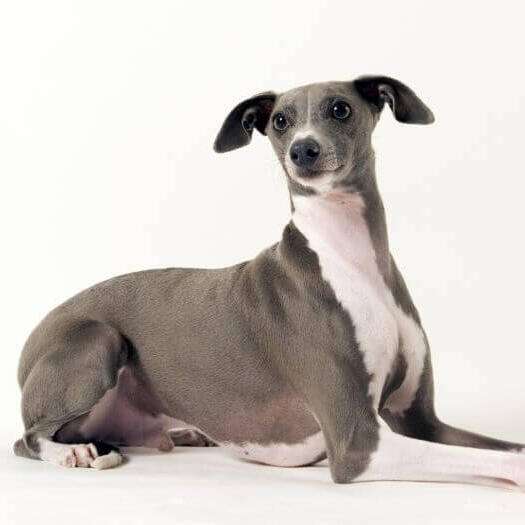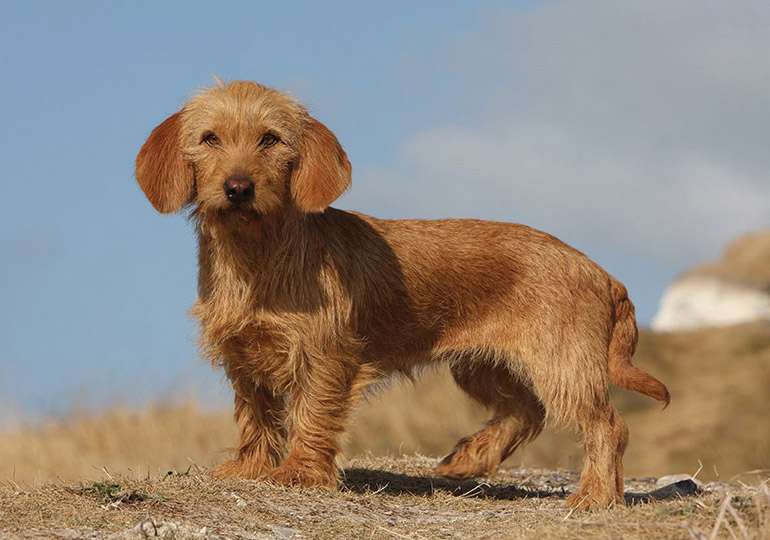
Description
Italian greyhounds are a small toy dog breed with slender legs, a long neck, and a short coat. These attractive dogs were developed as companions. They would also like spending time curled up in a warm lap if there was one available. However, while having hound-like hunting instincts, these dogs are agile and swift, and they also enjoy playing.
Behavior
Italian greyhounds are kind, gentle, and affectionate dogs, yet they may also be needy in their affection needs. When ignored, kids may develop shyness, hyperactivity, or both. Dogs that belong to one person or one family may act distant towards strangers.
Care
Italian greyhounds require daily mental and physical activity to release their stored energy. Additionally, they need regular instruction and socialization. Typically, they don’t require much time to groom.

Exercise
Although Italian greyhounds enjoy taking cozy naps, they also require frequent exercise to stay healthy and content. Aim for at least an hour of exercise each day. Most of the time, a few quick walks and some fun spread throughout the day should be plenty. For both mental and physical excitement, you may also supply puzzle toys or sign your dog up for sports.
When going outside, keep in mind that this little dog encounters a high prey drive. Always keep it on a leash or within a properly fenced enclosure to prevent it from escaping to pursue perceived prey. Additionally, if you reside in a cold climate, limit your outdoor time while it’s chilly. This breed’s short hair and little body fat make it susceptible to the cold. To keep their dogs warmer, many owners have coats and sweaters.
Grooming
Every week or so, use a grooming mitt to spread skin oils and remove loose fur and dirt from the Italian greyhound’s short, smooth coat. Although the coat usually remains quite clean, depending on how dirty it becomes, you may want to bathe your dog every month or so.
As this breed is prone to dental problems, try to brush your dog’s teeth every day. Talk to your vet about the necessity of regular professional dental cleanings. At least once each week, check your dog’s ears for wax accumulation and inflammation. About once a month, examine its nails to see whether they require trimming.
Training
With this breed, always use positive, incentive-based teaching techniques. When given strong corrections, Italian greyhounds can be sensitive and resistant, possibly shutting down and refusing to learn. Be consistent with your directions and immediately reward good behavior with praise and/or treats. To stop undesirable habits from taking hold, try to start training as early as possible.
Additionally, try to socialize your Italian greyhound as early as possible. Introduce it to various people, canines, and environments. This will increase its comfort and help it become a more flexible, well-behaved dog.
Table





